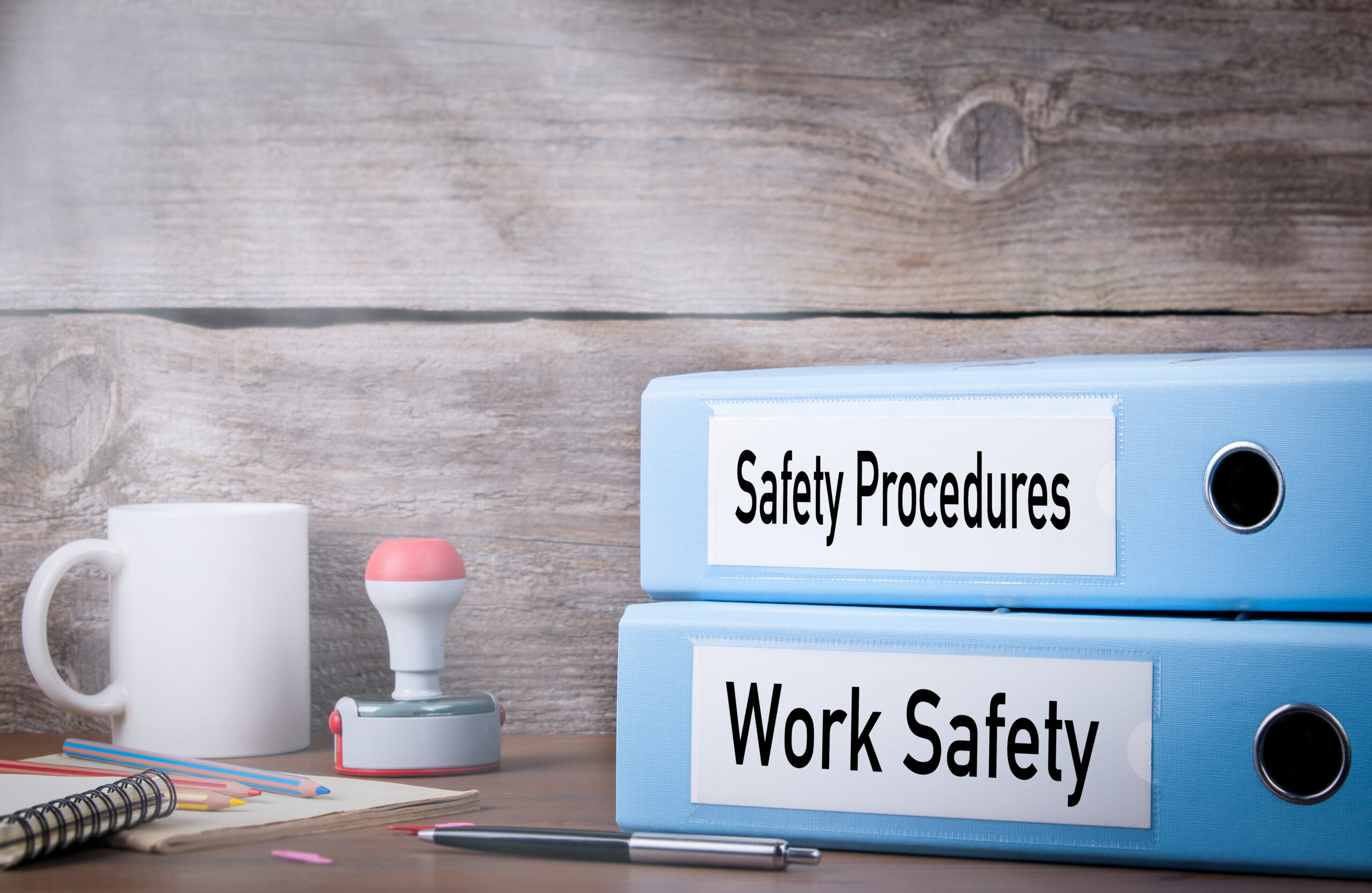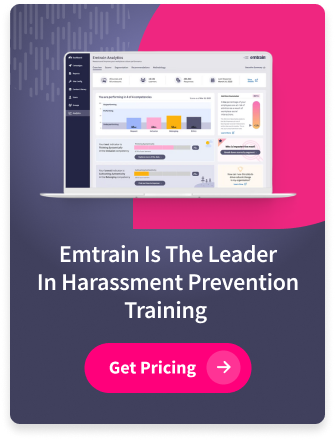Every CEO’s strategic plan includes a version of the same urgent mandate: Digital transformation. AI integration. Agile adaptation.
Here’s the problem: while executives push for innovation, the very conditions that enable it are quietly collapsing.
Our latest data reveals a troubling pattern. At the exact moment when organizations need employees to think creatively, challenge assumptions, and collaborate across differences, people are doing the opposite. They’re retreating. Staying quiet. Playing it safe. And your innovation pipeline is paying the price.
Welcome to the third installment of our 2026 Workplace Culture Report series, where we examine the innovation roadblock that’s forming in organizations across industries—and what it means for your ability to compete in 2026.
The Foundation That’s Cracking: Understanding Psychological Safety
Before we dive into what’s breaking, let’s establish what we’re losing.
In 1999, Harvard Business School professor Amy Edmondson popularized the concept of psychological safety, defined as a general belief that one will not be punished or humiliated for speaking up with ideas, questions, concerns, or mistakes. Her research demonstrated that psychological safety is a crucial factor in distinguishing high-performing teams from average ones.
Why does it matter so much?
Without psychological safety, employees:
- Withhold critical feedback that could prevent costly mistakes
- Keep innovative ideas to themselves rather than risk ridicule
- Avoid asking questions that might reveal knowledge gaps
- Fail to challenge flawed assumptions in group decisions
With psychological safety, teams unlock:
- Better decision-making through diverse perspectives and healthy debate
- Faster learning as people openly share mistakes and lessons
- Higher innovation because employees feel safe proposing unproven ideas
- Stronger engagement when people can bring their full selves to work
In short, psychological safety is the oxygen that innovation needs to breathe. And right now, that oxygen is getting thin.
The Data: Why Business Transformations Will Stall or Fail
Emtrain embeds sentiment questions in online annual training, enabling high response rates each year. Employee answers to those questions help illuminate the skills and behaviors of managers and co-workers. We looked at the largest change in responses from last year to this year. The decline we’re seeing isn’t subtle—it’s systematic and spans multiple dimensions of collaborative behavior:
People are becoming more closed-off:
- Less willing to see things from others’ perspectives
- Less likely to seek out people different from themselves
- More hesitant to share ideas or feedback with their teams
- Increasingly fixed in their thinking, resistant to new approaches
Power is being hoarded, not shared:
- Significant decline in people using their influence to create opportunities for others
- Managers spending less time listening to and learning from diverse voices
Organizational cohesion is weakening:
- Declining respect for organizational values
- Reduced appreciation for the power of multiple perspectives in decision-making
- Less recognition that diverse teams make better decisions
The shift is clear: employees and managers are moving toward individualistic, self-protective behavior patterns precisely when collaborative, open-minded approaches are most needed.
Why Now? Understanding the Retreat
This behavioral shift isn’t random—it’s rational. Today’s employees and managers are operating under unprecedented uncertainty. AI is predicted to replace jobs in core functions; companies are reducing or eliminating their middle management layer.
When people feel their jobs are at risk, speaking up feels dangerous. Why challenge the status quo when you’re already worried about being replaced? Why invest in building diverse networks when you’re just trying to survive the next reorganization?
The irony is brutal: the very behaviors people are abandoning—broad thinking, building diverse networks, proactive adaptation—are exactly what will determine which companies win in the AI era.
Fear is a terrible teacher, and right now, fear is driving workplace behavior.
The Real Cost: What Innovation Roadblocks Actually Mean
Let’s make this concrete. When psychological safety erodes, here’s what happens to your organization:
Your Best Ideas Die in Silence
Someone on your team sees the flaw in that new initiative. They don’t speak up. Six months and significant budget later, you discover the failure that they knew about all along. How much did that silence cost?
Decision Quality Plummets
When people stop bringing diverse perspectives to the table, you get groupthink. Homogeneous thinking produces predictable, derivative solutions—and you miss the step change that your competitors all took. Exactly what you can’t afford in a rapidly changing market.
Change Initiatives Fail
AI transformation. Process redesign. These initiatives require employees to engage openly, share concerns, and collaboratively problem-solve. Without psychological safety, you get compliance at best, sabotage at worst.
Your Innovation Pipeline Empties
Innovation doesn’t happen in a vacuum. It requires experimentation, which means risk. It demands collaboration across differences. Innovation needs people to build on each other’s half-formed ideas. None of that happens when people are in survival mode.
Rebuilding the Foundation: What Leaders Must Do Now
The good news? Psychological safety can be rebuilt—but it requires intentional and consistent leadership practices
- Model vulnerability from the top: Leaders must admit mistakes, ask questions they don’t know the answers to, and invite challenge. If executives only project confidence and certainty, and force change without considering consequences, everyone else will follow suit.
- Reward productive dissent: Find the person who respectfully challenged a decision and proved to be right. Celebrate them publicly. Make heroes of productive dissenters, not just compliant executors.
- Create structured forums for challenge: Don’t rely on spontaneous feedback. Build specific mechanisms—pre-mortems, devil’s advocate roles, anonymous input channels—that normalize disagreement.
- Address the fear directly: Acknowledge the uncertainty people are feeling about AI and organizational changes. Provide clarity where possible. Where you can’t provide clarity, provide support and transparency about the process.
- Measure and monitor relentlessly: What gets measured gets managed. Track psychological safety as rigorously as you track financial metrics. Intervene early when you see decline.
- Redistribute power intentionally: Combat power hoarding behaviors. Explicitly reward leaders who create opportunities for others and build diverse, strong networks across the organization.
The Choice: Innovation or Stagnation
Here’s the bottom line: you cannot drive innovation without psychological safety. Full stop.
You can have the best strategy, the most sophisticated technology, and the most talented workforce. But if people don’t feel safe speaking up, sharing bold ideas, and collaborating across differences, you’re driving the long way with the parking brake on.
The erosion we’re documenting isn’t theoretical—it’s happening now, in your organization, whether you see it or not.
Every day of declining psychological safety is a day of lost innovation potential. Every hesitant employee with an unexpressed thought is a missed opportunity or a pending error. Managers too busy protecting themselves to create opportunities for others is a bottleneck in your talent pipeline.
The organizations that will thrive in 2026 aren’t those with the best AI strategy—they’re the ones that create conditions where humans can do what AI cannot: think creatively, challenge assumptions, and collaborate across differences to generate truly novel solutions.
The innovation roadblock is real. But it’s not inevitable.
Ready to Break Through Your Innovation Roadblock?
Understanding the problem is critical. Taking action separates winners from wishers.
Access our complete toolkit for rebuilding psychological safety:
- Use assessment tools to measure psychological safety on your teams
- Access proven frameworks for creating speak-up cultures
- Implement leader development programs focused on curiosity, inclusion, and leading change
The innovation your organization needs is already inside your people. The question is whether they feel safe enough to share it.
Part 3 of our 2026 Workplace Culture Series | Download the full 2026 Workplace Culture Report
©2025 Emtrain. All rights reserved.








